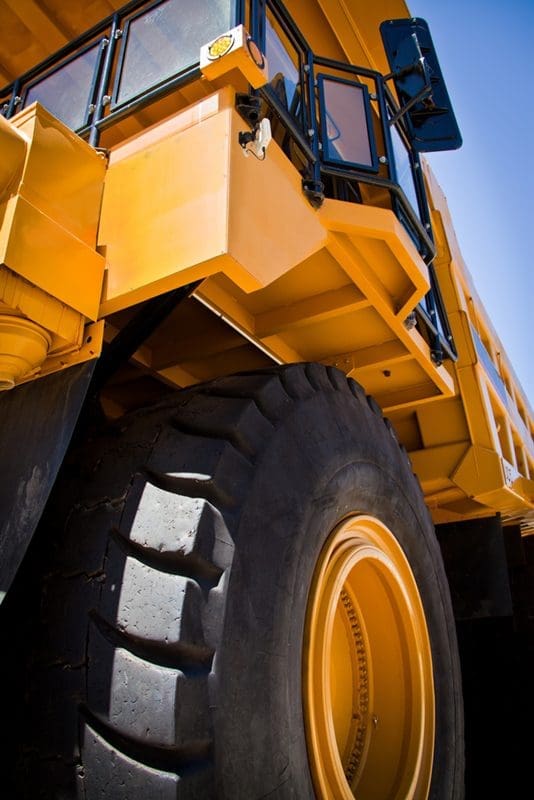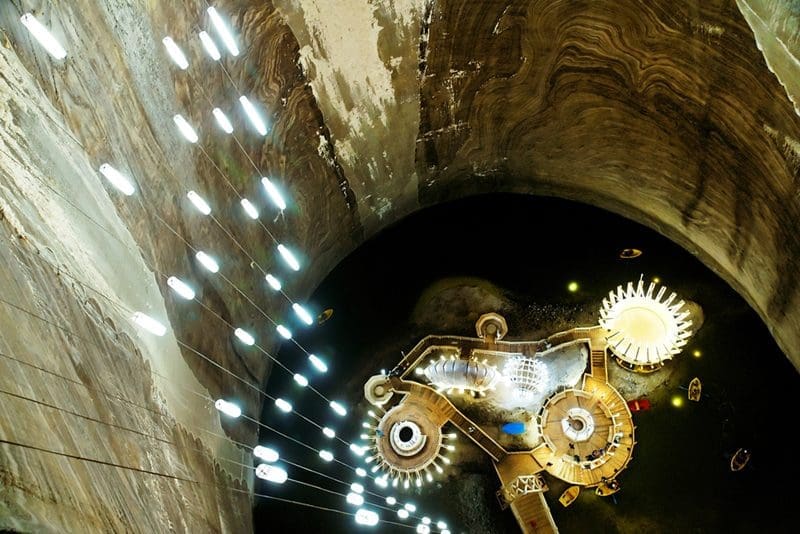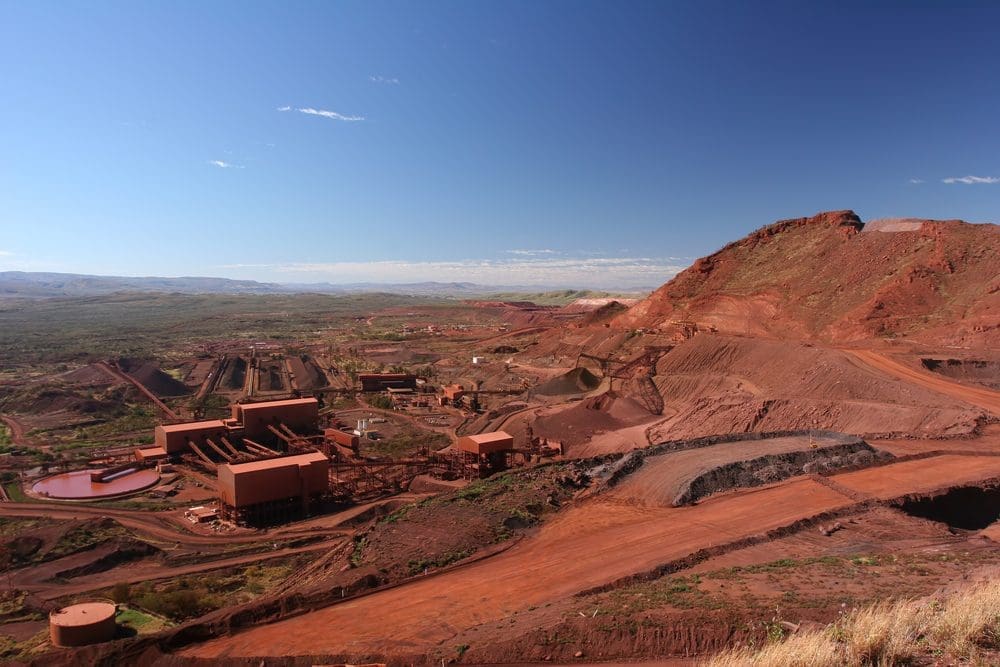For the best part of 130 years, mining has been a cornerstone industry for Western Australia. With its abundance of natural resources and expansive terrain, it is one of the best locations for mining in the nation.
Considering the most recent statistics released by the Department of Mines and Petroleum (DMP) in early October, the state is still a clear leader in mining investment in 2016. According to the DMP, Western Australia's mineral and petroleum industry is valued at around $87.9 billion – attracting two-thirds (66 per cent) of Australia's total mining investment.
"The resources industry's current value is more than twice what it was 10 years ago," Mines and Petroleum Minister Sean L'Estrange summarised.
So, where do positives and negatives lie in the Western Australian mining industry? Read on to find out.

Positive statistics shine bright
When the numbers are broken down, it certainly makes for impressive reading. Gold sales have improved for the second straight year (reaching $10 billion). Meanwhile there are an estimated $97 billion worth of resource projects currently in development, not to mention the considerable value of future projects still in the planning phase.
Iron ore is the state's most valuable commodity, accounting for 71 per cent of mineral sales ($48.4 billion). This was followed by LNG with sales of around $10.8 billion and alumina a 4.9 billion.
General Manager Policy and Coordination Richard Borozdin explained that the mining industry is still making progress – despite the market challenges.
"While the total sales value of the minerals sector declined, the volume and size of the industry is at a record level. Iron ore sales volume reached a record 757 million tonnes from a total of 31 projects and remains the State's most valuable commodity," he said.
Addressing productivity remains next step

Although the Western Australia mining economy is a long way from its boom period, this offers the opportunity to improve the so-called "volume at any cost" productivity issues – as outlined by EY's Top 10 business risks in mining and metals, 2016-2017 report.
According to the report, the focus on output and volume created a gap between all the various elements of a mine organisation. This included the mine and production plant, supply chain and maintenance. While this method got the job done, it certainly wasn't the most productive solution.
EY Oceania Mining & Metals Leader Scott Grimley noted that this issue could be solved by mining businesses becoming more attuned to every facet of the organisation.
"Productivity is undoubtedly the greatest operational challenge in the sector but it's also one of the biggest opportunities, though unlocking these opportunities requires miners to seek more diverse input, leveraging a management team with more diverse skills and learning from other sectors," he said.
As such, if Western Australian mining enterprises want to keep their mantle as best in the country, it is important that these types of challenges are solved. Of course, it could take some time to adjust the strategy, but the benefits could be well worth the effort.
Ensuring productivity for the future
As the statistics above highlight, the mining industry in Western Australia still has its strong points. However, the challenge now is to improve overall productivity and ensure businesses are running operations effectively. This is where the services of SRO Technology can be useful.
From site audits and planning to maintenance and calibration, we aim to make sure your processes add value moving forward. Often, it is the small details that make the biggest difference and in the world of mining, this can be key.
To learn more about how SRO Technology can support your business, contact our expert team today.



Recent Comments